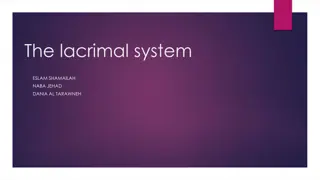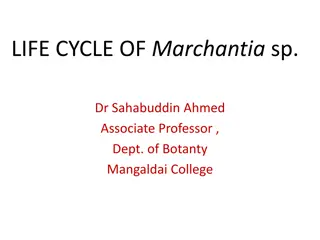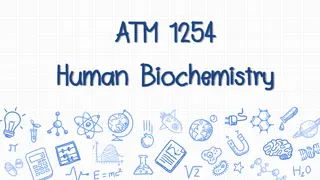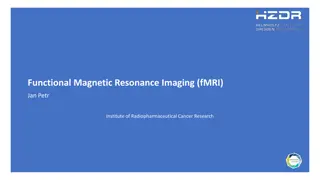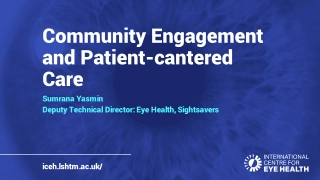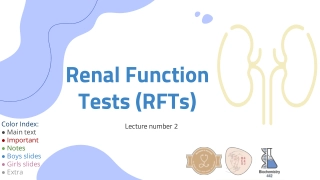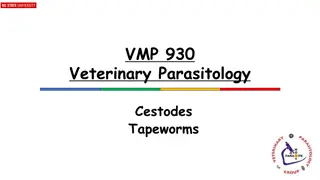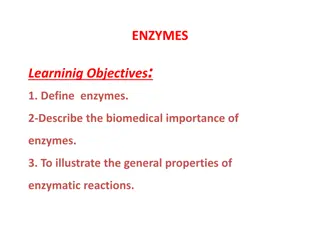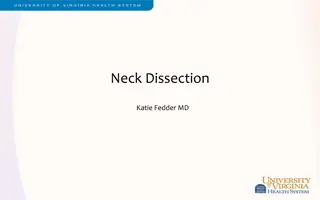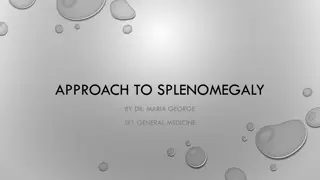Understanding the Anatomy and Function of the Eye
This comprehensive health assessment explores the intricate structures of the eye including the sclera, cornea, iris, retina, and optic disc. It delves into the visual pathways, accessory structures like eyelids and lacrimal glands, and special considerations like age and ethnicity. The visuals provided enhance understanding of how the eye perceives light, focuses images, and sends signals to the brain for interpretation.
Download Presentation
Please find below an Image/Link to download the presentation.
The content on the website is provided AS IS for your information and personal use only. It may not be sold, licensed, or shared on other websites without obtaining consent from the author. Download presentation by click this link. If you encounter any issues during the download, it is possible that the publisher has removed the file from their server.
Presentation Transcript
Eye Only a small portion of the eye is seen. Sclera Cornea Choroid Iris Pupil Dim light enlarges (mydriasis) Bright light decreases (miosis)
Eye Retina Sensory portion Optic disc Center is the point at which the vascular network enters the eye Macula Responsible for central vision
Visual Pathways Light waves must bend to focus correctly on the retina. Refractory structures bend light waves onto retina. Optic fibers of the optic nerve cross over at the chiasm and join temporal fibers from the opposite eye. Impulse transmitted to occipital lobe of brain for interpretation
Visual fields of the eye and the visual pathway to the brain
Accessory Structures of the Eye Eyebrows Protect the eye Eyelids : Movable folds of skin that cover and protect the eyes Palpebral fissure is opening between upper and lower eyelids.
Accessory Structures of the Eye Eyelids Meibomian glands glands that lubricate eyes and eyelids Eyelashes Project from eyelids and curl outward Conjunctivae Prevents foreign objects from entering eye
Accessory Structures of the Eye Lacrimal apparatus Secretes tears that spread over conjunctivae when blinking Extrinsic muscles Lateral rectus Medial rectus Superior rectus Inferior rectus Inferior oblique Superior oblique
Special Considerations Age Developmental level Race Ethnicity Occupation Socioeconomics Emotional well-being
Lifespan Considerations Infants and children Visual acuity not as sharp as adults Children typically have 20/20 vision by age 7. At birth, the iris has little color but changes to permanent color by 3 months of age. continued on next slide
Lifespan Considerations The pregnant female Dryness of the eyes Vision changes Due to shifting fluid in cornea Blurriness Distorted vision Up to 6 weeks postpartum
Lifespan Considerations The older adult Cataracts Macular degeneration
Psychosocial Considerations Impact of decreased visual acuity/visual impairment on independence and quality of life Children may experience developmental delays. Stress for families and individuals Eye contact within culture, age, gender
Cultural and Environmental Considerations Changes that occur normally in various races and ethnic groups Excessive sun exposure Medications Hygiene practices Trauma or damage
Focused Interview Function and structures of the eye Consider in relation to expectations based on age, gender, race, culture, environment, health practices, past and current problems, and therapies Consider patient's ability to participate
Focused Interview Focused interview questions General Illness or infection Symptoms, pain, and behaviors continued on next slide
Assessment of the Eye Techniques Inspection Palpation Ophthalmoscope
Assessment of the Eye Visual acuity of distant and near vision using Jaeger or Rosenbaum charts Visual fields by confrontation Six cardinal fields of gaze Corneal light reflex Cover/uncover test Pupils and pupillary response
Assessment of the Eye Accommodation of pupil response Corneal reflex External eye Sclera
Assessment of the Eye Ophthalmoscope Fundus Advanced skill
Approaching the patient for the ophthalmoscopic exam.
Examining the eye using the ophthalmoscope.
Abnormal Findings Vision Eye movement Internal and external structures
Abnormalities of the Eyelids continued on next slide
Abnormalities of the Fundus continued on next slide
Abnormal Findings Disorders of visual acuity Myopia Hyperopia Astigmatism Familial condition Refraction of light spread over a wide area rather than a distinct point on the retina Presbyopia
Abnormal Findings Visual fields Damage to the retina Lesions in the optic nerve or chiasm Increased intraocular pressure Retinal vascular damage Cardinal fields of gaze Strabismus Esophoria Exophoria















